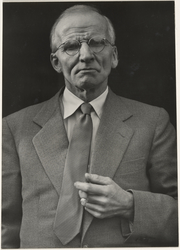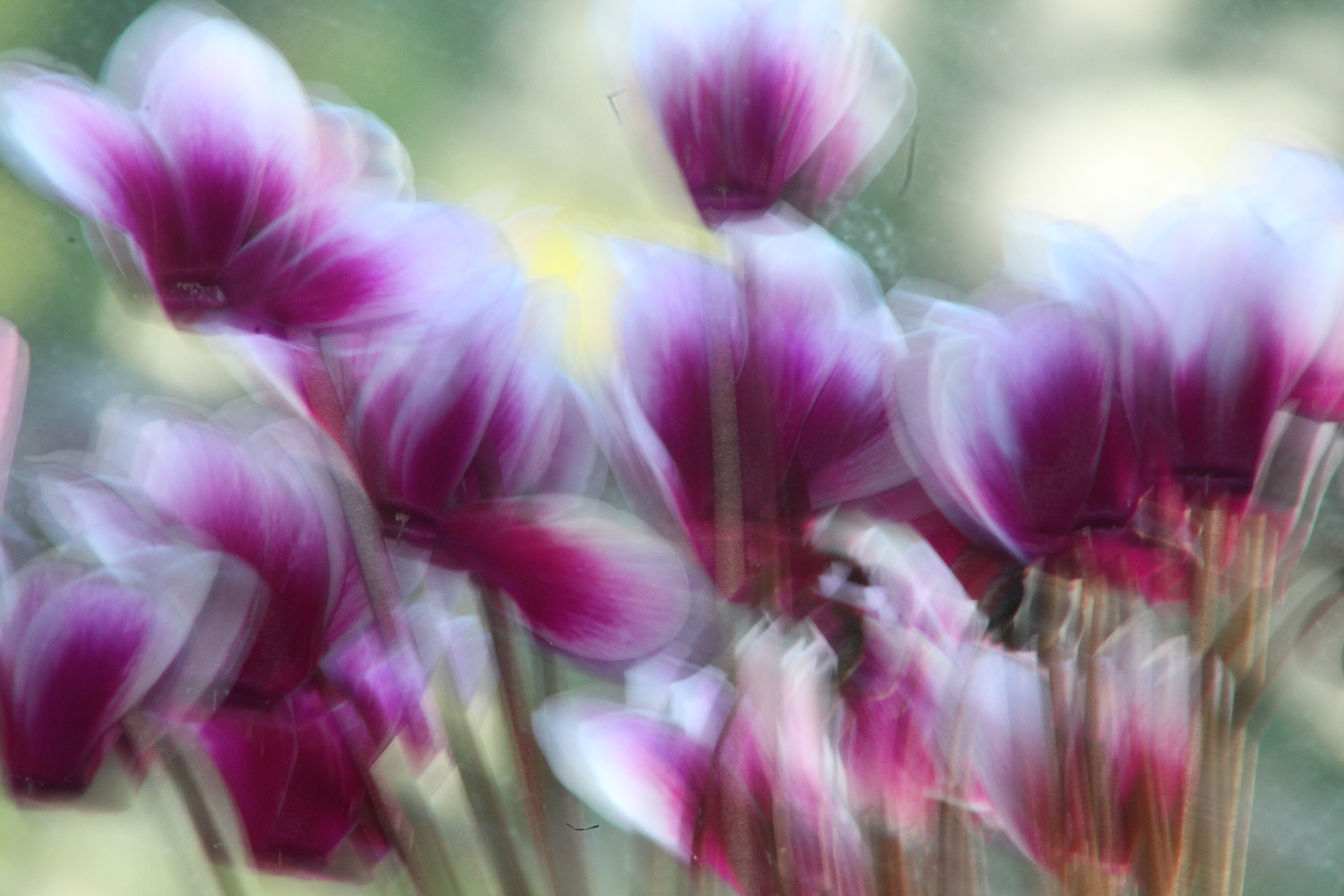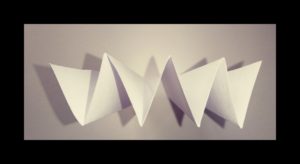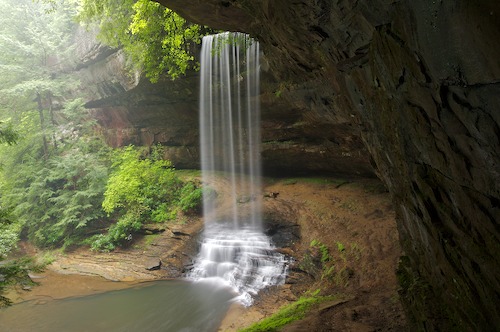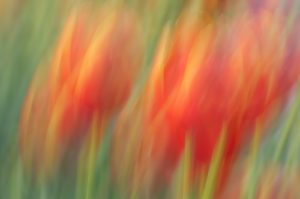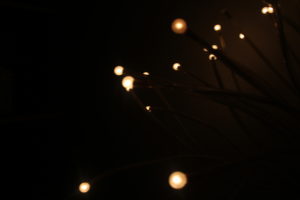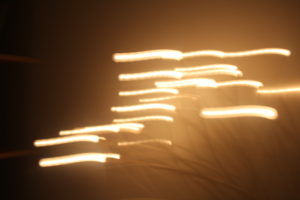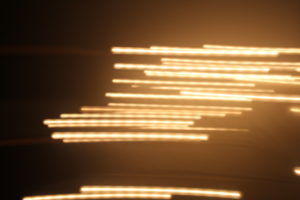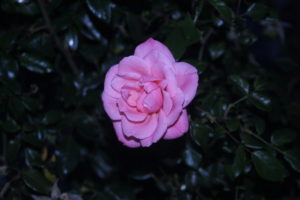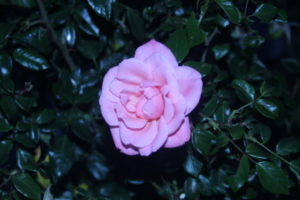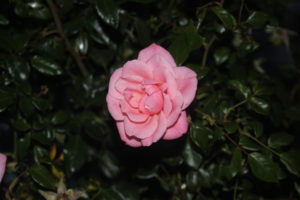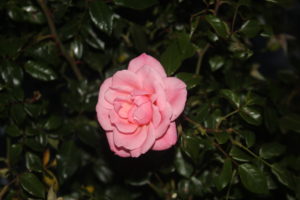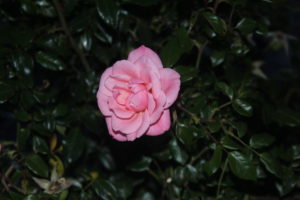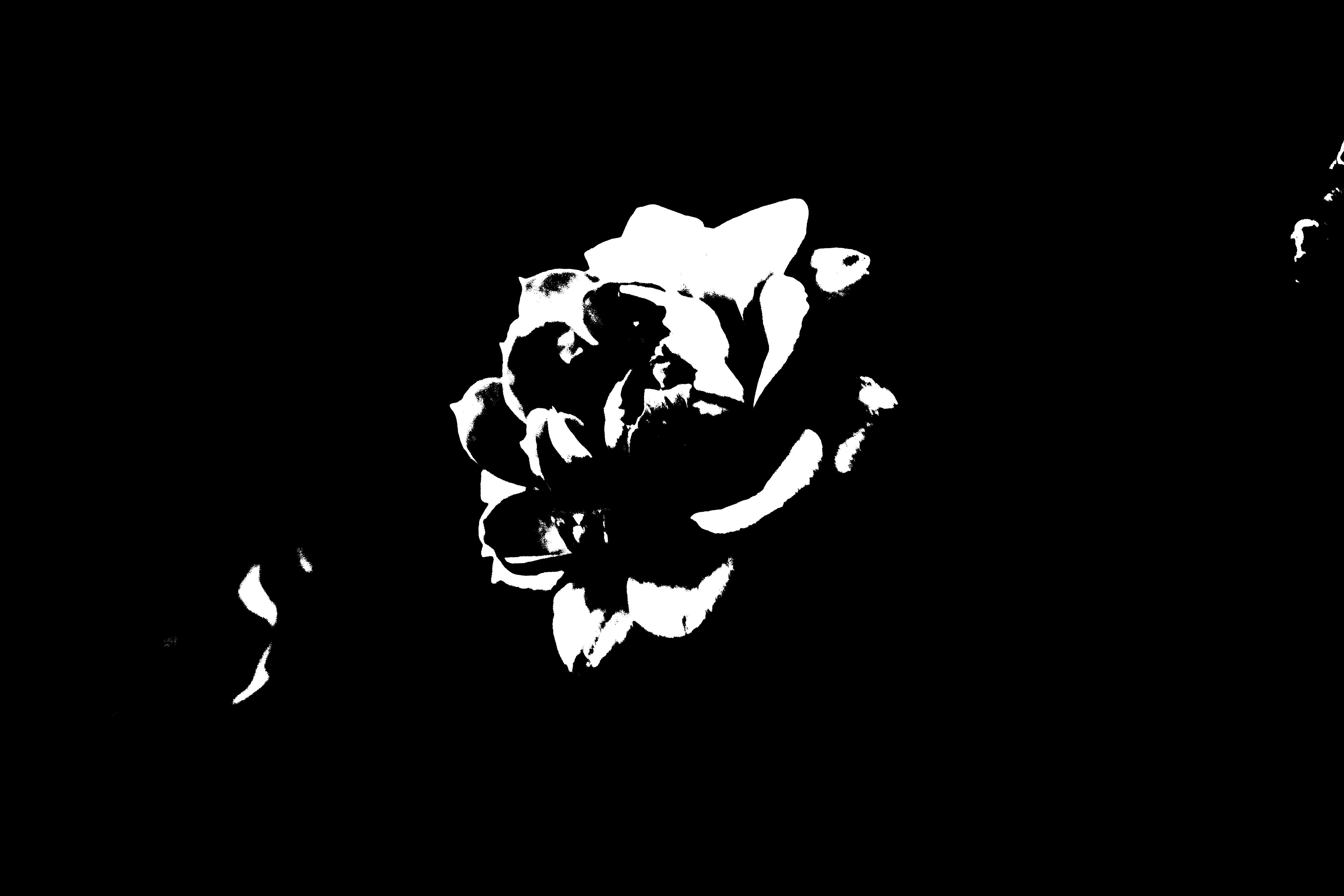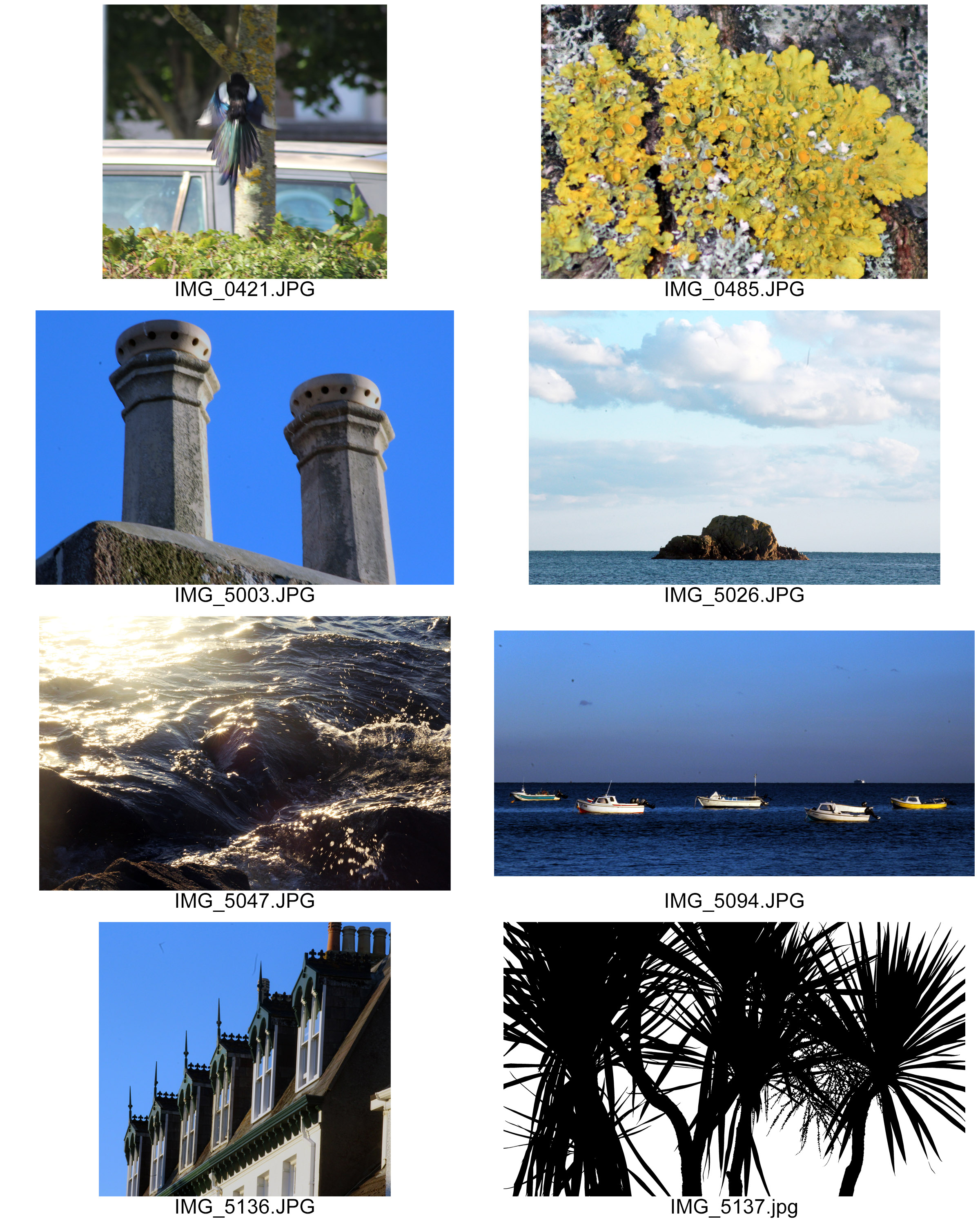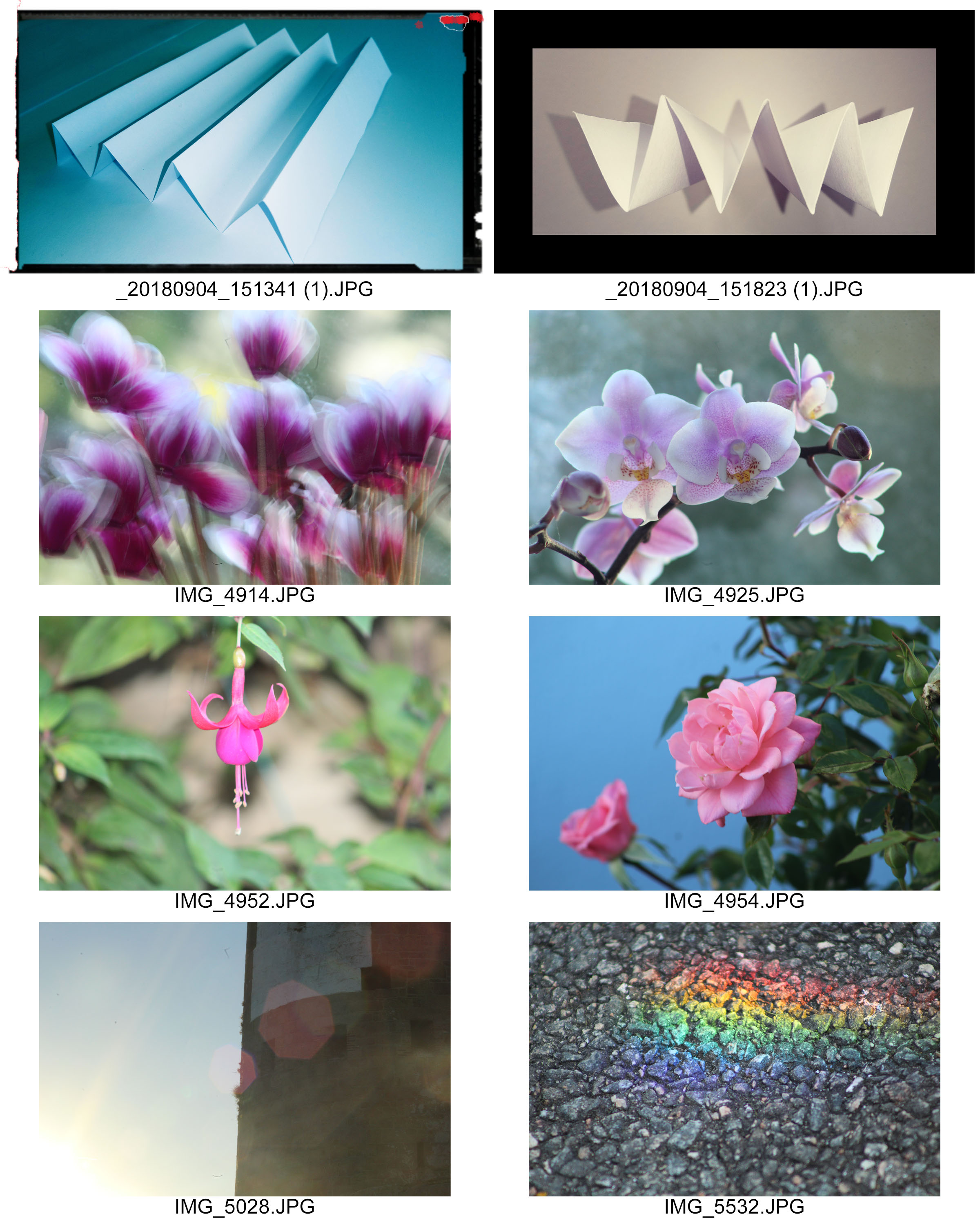Born in Manhattan, Newman grew up in Atlantic City, New Jersey and later moved to Miami Beach, Florida. In 1936, he studied painting and drawing at the University of Miami. Unable to afford continuing after two years, he moved to Philadelphia to work for a studio, making 49-cent portraits in 1938.
Newman returned to Florida in 1942 to manage a portrait studio in West Palm Beach. Three years later, he opened his own business in Miami Beach.
In 1946, Newman relocated to New York, opened Arnold Newman Studios and worked as a freelance photographer for Fortune, Life, and Newsweek. Though never a member, Newman frequented the Photo League during the 1940s.
Mr. Newman’s best-known images were in black and white, although he often photographed in color. Several of his trademark portraits were reproduced in color and in black and white. Perhaps the most famous was a sinister picture of the German industrialist Alfried Krupp, taken for Newsweek in 1963. Krupp, long-faced and bushy-browed, is made to look like Mephistopheles incarnate: smirking, his fingers clasped as he confronts the viewer against the background of a assembly line in the Ruhr. In the color version his face has a greenish cast.
![]() This portrait was taken inside a factory were trains were made to supply the Nazis in war. Alfried was sitting on a chair in the fore ground and hes centered in the middle of the portrait. hes joining his hands together and resting his chins on him as if hes thinking about doing something evil. hes in direct eye contact with the cameras lens, and the way hes looking at it gives him a smug look. the portrait is a bit under exposed, however it does have great depth of field. the lens was most probably a short lens .
This portrait was taken inside a factory were trains were made to supply the Nazis in war. Alfried was sitting on a chair in the fore ground and hes centered in the middle of the portrait. hes joining his hands together and resting his chins on him as if hes thinking about doing something evil. hes in direct eye contact with the cameras lens, and the way hes looking at it gives him a smug look. the portrait is a bit under exposed, however it does have great depth of field. the lens was most probably a short lens .
Newman’s work raises a number of key photographic points that we often take for granted. Lighting a face from below is almost universally used in both still and motion photography to invoke fear and evil. Most likely because in a natural environment we seldom see light falling in such a way, making light from below deeply bizarre and other-worldly. Here Newman has used two key lights that are placed behind Krupp on both sides, creating yet another highly unnatural and disfiguring effect.
The second point of course is the green colour cast, resulting from the factory’s fluorescent lights, which Newman deliberately did not filter for and correct. As well as being highly unusual, green skin — for quite obvious reasons — is almost universally perceived as a sign of ill health.
The impression it leaves was no accident: Mr. Newman knew that Krupp had used slave labor in his factories during the Nazi reign and that he had been imprisoned after World War II for his central role in Hitler’s war machine.
the lighting that’s lined starting from on top of him all the way to the very back of the portrait is positioned in the mid-top of the photo and gives the portrait a lot of color.
we cannot really tell but it looks like Alfried is wearing a suite and he is an old looking man with silver-white light hair.
the person in the portrait is Alfried Krupp, a German industrialist who used slave workers to supply the Nazis with armaments during the word war 2, Newmans revenge on Krupp was to compose an portrait that will make him look evil.
“When he saw the photos, he said he would have me declared persona non grata in Germany,” Mr. Newman said of Krupp.

